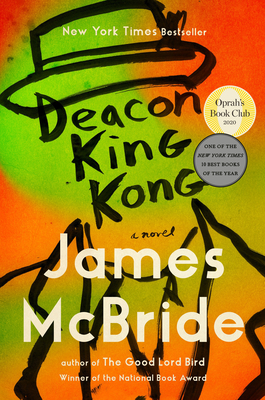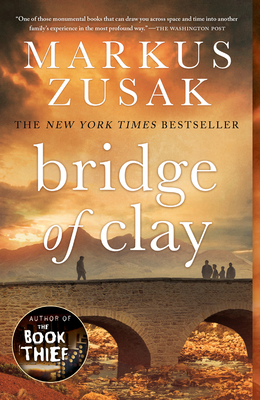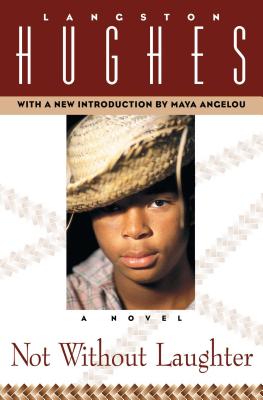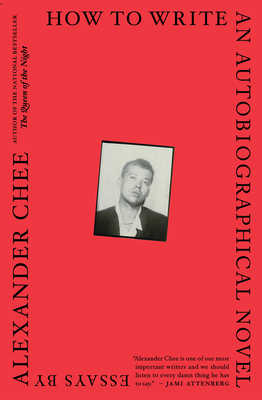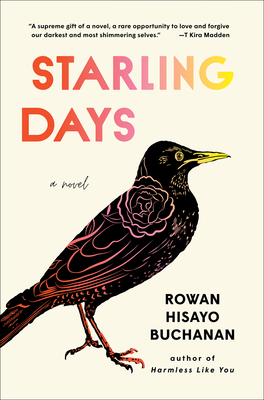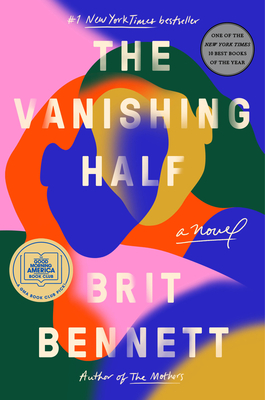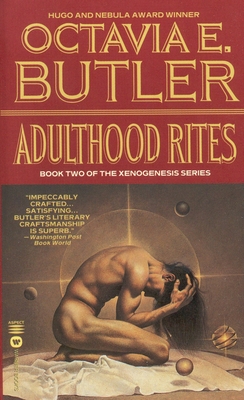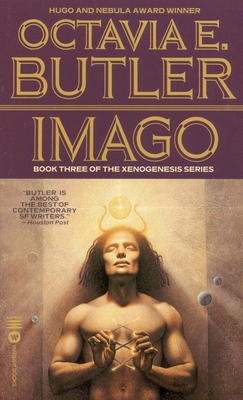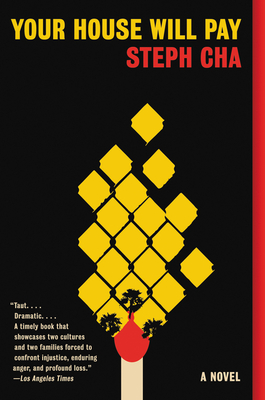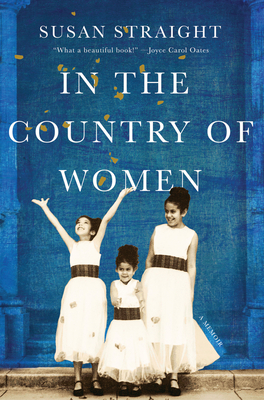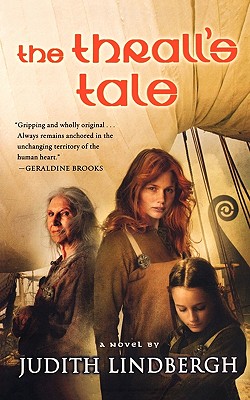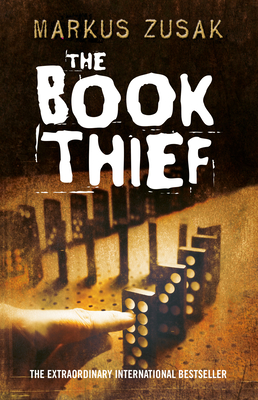Night. Sleep. Death. The Stars, Joyce Carol Oates, Ecco, 2019, 787 pp
Note: This is one of the longest reviews I have written in a while. It is a plea for the benefits of reading outside one's comfort zone. I hope you understand.
I think it is safe to say that readers are divided into devoted fans of Joyce Carol Oates and those who would not read her, ever! Here is how I became fan.
I first read her one hot month in 1988 when I was stranded in Los Angeles due to a snafu in a training program I was attending. My accommodations were located across the street from a used bookstore with racks out on the sidewalk where battered paperbacks sold for a quarter.
I picked up Marya, A Life, only two years after its publication and already a 25 cent paperback. I lay on my bed in a sweltering room and read about Marya's terrible, gritty life having really no idea what I was reading. It was the most disturbing thing I had ever read. Not surprising because in those days I usually read trashy bestsellers.
By 1992, I was living permanently in LA and had embarked on an effort to branch out in my reading. I read Joyce Carol Oates's first novel, With Shuddering Fall. It was pretty gritty too. Her characters were fairly unrecognizable to me. Generally lower class whites, not mainstream in any way, violent and sometimes outright crazy. My mother told me she had tried reading Oates but found her books "weird."
I persevered, still eager in those days to rebel against my mother. I have read her first nine novels and some early short stories, then dropped her for several years. In 2013, I started again, reading whatever was her latest book. She is still weird in her own unique way, so I can only conclude that I have changed as a reader. I now count myself among her dedicated fans.
I have not read the recent bestsellers, How To Be An Antiracist or White Fragility, but I would say that Night. Sleep. Death. The Stars is JCO's answer to such conundrums from a literary viewpoint.
The title is the last line of a Walt Whitman poem, "A Clear Midnight."
The novel is an intimate family tale concerning a white family in upstate New York. The father, a much-loved and well-to-do man in his community, pulls off the road one evening to intervene in what appears to be a scene of police harassment against a Black man. In the ensuing debacle, John Earle McClaren is beaten, tasered, and left by the police on the side of the road where he suffers a massive stroke. The dark skinned man being harassed is taken into custody.
McClaren dies in the hospital from a staph infection a couple weeks later. By that time in the story, his wife and five grown offspring have been introduced. It is clear they are not exactly the close and happy family they are perceived to be by the community.
The novel is long but I read it quickly, not wanting to look away. The family majorly fractures after the patriarch's death but she shows us the hairline fractures present from the beginning, though they had been held in stasis, in almost a hostage situation, by John Earle McClaren. His control was not ever physically brutal but it was absolute. Not his wife nor any one of his children were allowed to be who they really were nor to think for themselves.
JCO has always appeared to be prescient in her novels. She wrote this one a year before the more recent explosion of the Black Lives Matter movement. Listening to an interview with her about writing this novel, I realized again how attuned she is to the evils and upheavals of American culture. At this point in her life she is a privileged white woman but she came up in near poverty in the midst of small town violence. A favorite childhood book of hers was Alice In Wonderland.
She has written at least 56 novels! I feel her writing has become somewhat more accessible over the years but has never lost that bite, penetrating the human heart with all of its strengths and weaknesses, its fears and joys. In her novels I have found everyone I've ever known, the ones I was afraid to know, and myself.
I most loved Jessalyn McClaren, the widow of John and the mother of those five children. Her grief and her emergence from it, her tentative forays into life as her true self, are all so meticulously shown. Somehow we white people get to know ourselves through the book: our ridiculous assumptions about others, our reluctance to move outside our perceived safety zones, our ill-informed prejudices about people and our inherent fragility as the most powerful race on earth, no matter what our political stances are.
All of that is in Night. Sleep. Death. The Stars. Read it at your own risk.








